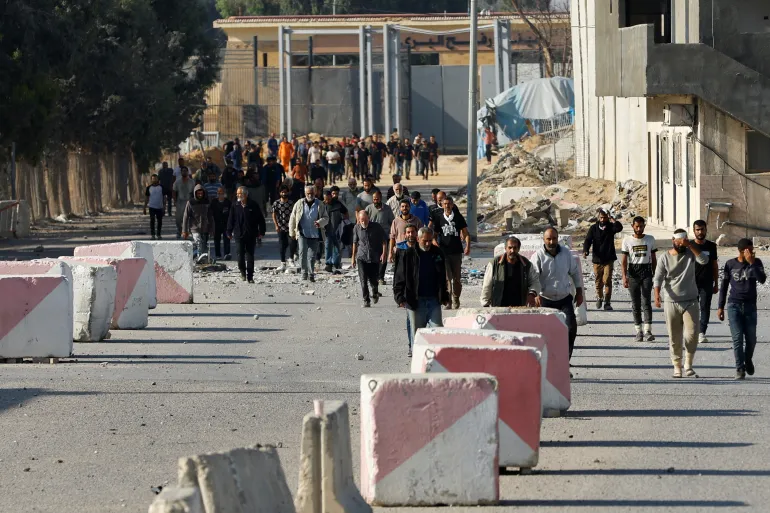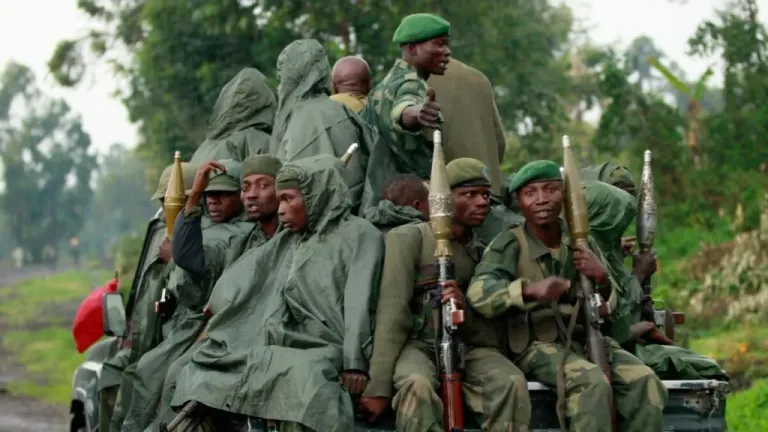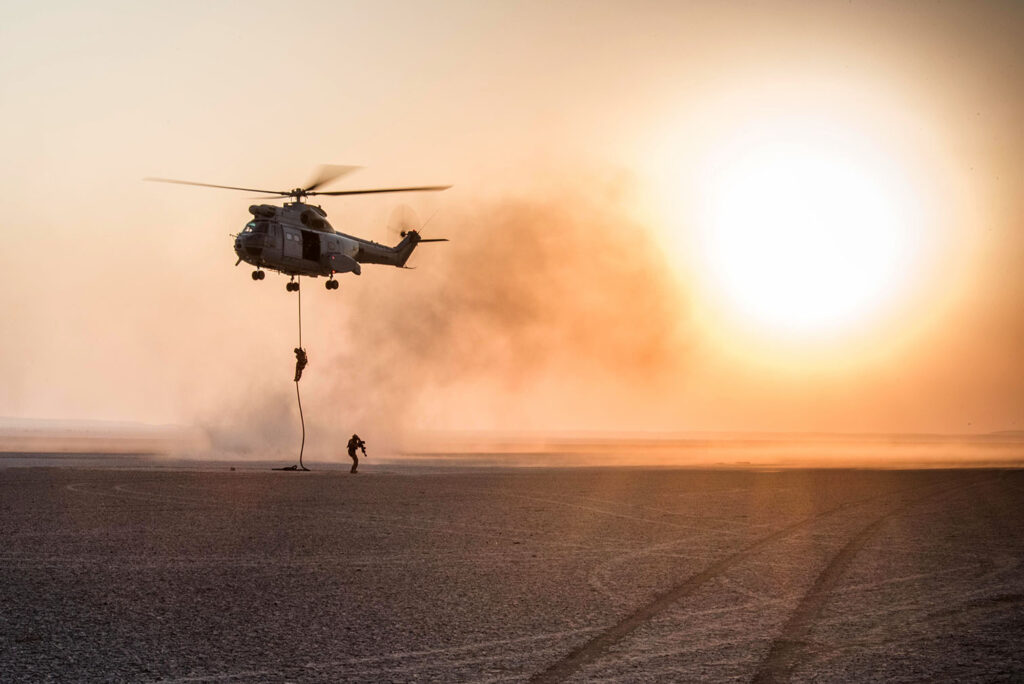
As a child, Angel Lorenzo Gutierrez used to dream about driving a truck. The idea of being behind the wheel and roaring down a highway thrilled him.
As a 39-year-old firefighter, he is doing much more than he ever hoped for, maneuvering fire trucks and helicopters through raging blazes to save lives.
“Battling wildfires has become my life’s work … I want my work to do good for society,” the Spanish wildland firefighter told Anadolu in a video interview.
Rouvanne van den Berg, a wildland firefighter from South Africa, shares the same vision, stressing that this profession mostly draws people who want to make a difference.
“It is not a very big industry. It’s not very well-paid around the world, and people who fight fires are in it because of their passion,” he said.
“We will be the ones who will head into the burning forests and nobody will see us … our work. It’s very hard work,” he added.
The increasing frequency of wildfires around the globe has been well-documented, with countries in all parts of the world grappling with massive blazes at almost at all times of the year.
Despite the rising threat, figures for the EU showed its member states had 359,780 firefighters in 2022, a decrease of 2,800 from the previous year.
Officials have pointed out the dangers of this apparent decline, with Esther Lynch, general secretary of the European Trade Union Confederation, terming it a “recipe for disaster.”
Professionals on the field
Gutierrez hails from Huelva, a city in the Andalusia region, an area known for its sunflowers, corn and tomatoes.
His journey as a firefighter began in 2007 when he passed an exam to enter the profession.
Today, he is a specialist driver and forest firefighter, driving the heavy vehicles that play a pivotal role in firefighting operations.
Earlier this month, Gutierrez was part of a firefighting operation in Huelva, helping douse a blaze that forced many residents to evacuate.
His vehicles include a 17-ton pumper truck and a 4×4 Land Rover. The Spaniard can also fly helicopters, including a heavyweight helicopter that can carry a 4,000-liter water bucket.
Berg, who is from Cape Town, has been working as a trainer for the past 10 years and volunteers in wildfire operations.
He calls himself “a student of fire,” saying he went to university to study fire investigation.
Explaining the training regimen, he said: “We do a lot of hiking. We do a lot of scenarios where we go out into the mountains and we pretend that there are fires so that we can practice our reactions.”
By the end of October, volunteers have to qualify to be available for possible operations between November and May, the summer months in South Africa.
Firefighters have to go through the training every year to stay up to date with the latest techniques and ensure that they are fit enough for the grueling task.
Right into the flames
Both firefighters explained that the risks and dangers involved in tackling fires in forests and wild terrain are “innumerable.”
These include falls, traffic accidents, aerial hazards and carbon monoxide poisoning, explained Gutierrez.
The strenuous work can impact firefighters both physically and psychologically, he said.
Striking a balance with work and family is particularly difficult as they can sometimes work for 18 hours at a stretch.
Berg stressed the importance of leadership, saying it is critical for teams to have leaders who understand the dangers.
“We go right into the flames … it can be very dangerous,” he said.
The experience can be “very traumatic,” particularly if there are injuries and deaths involved, said Berg, recalling an incident when two firefighters were killed by falling trees in Canada in July.
Another incident seared into Berg’s memory was in 2021 in Cape Town.
“The fire swelled very quickly. Suddenly it got into the trees and we had a 70-meter wall of flames rushing towards us. We had to run off to the mountain,” he said.
That fire burnt down national monuments and damaged numerous properties, including Berg’s own house.
The inherent dangers and risks aside, he finds the job extremely rewarding, saying there is no better feeling than being able to contain a fire and put it out.
Matter of life and death
Wildfire firefighting is a physically demanding job that entails long and strenuous hours on the field in scorching temperatures and suffocating smoke.
Physical fitness, therefore, is a primary concern for all.
“Firefighters need to just keep themselves strong and as fit as possible to be able to continue,” said Berg, who lives in a hilly area and hikes regularly to keep himself in the best shape.
Fitness is critical, he emphasized, explaining that most firefighters are gym regulars or cyclists or have other forms of exercises in their daily routines.
“A lot of firefighters die from heart attacks. That’s because maybe they aren’t as fit as they should be,” he said.
“Firefighters really do need to be strong,” he continued, adding that their physical condition could prove to be the difference between life and death.




